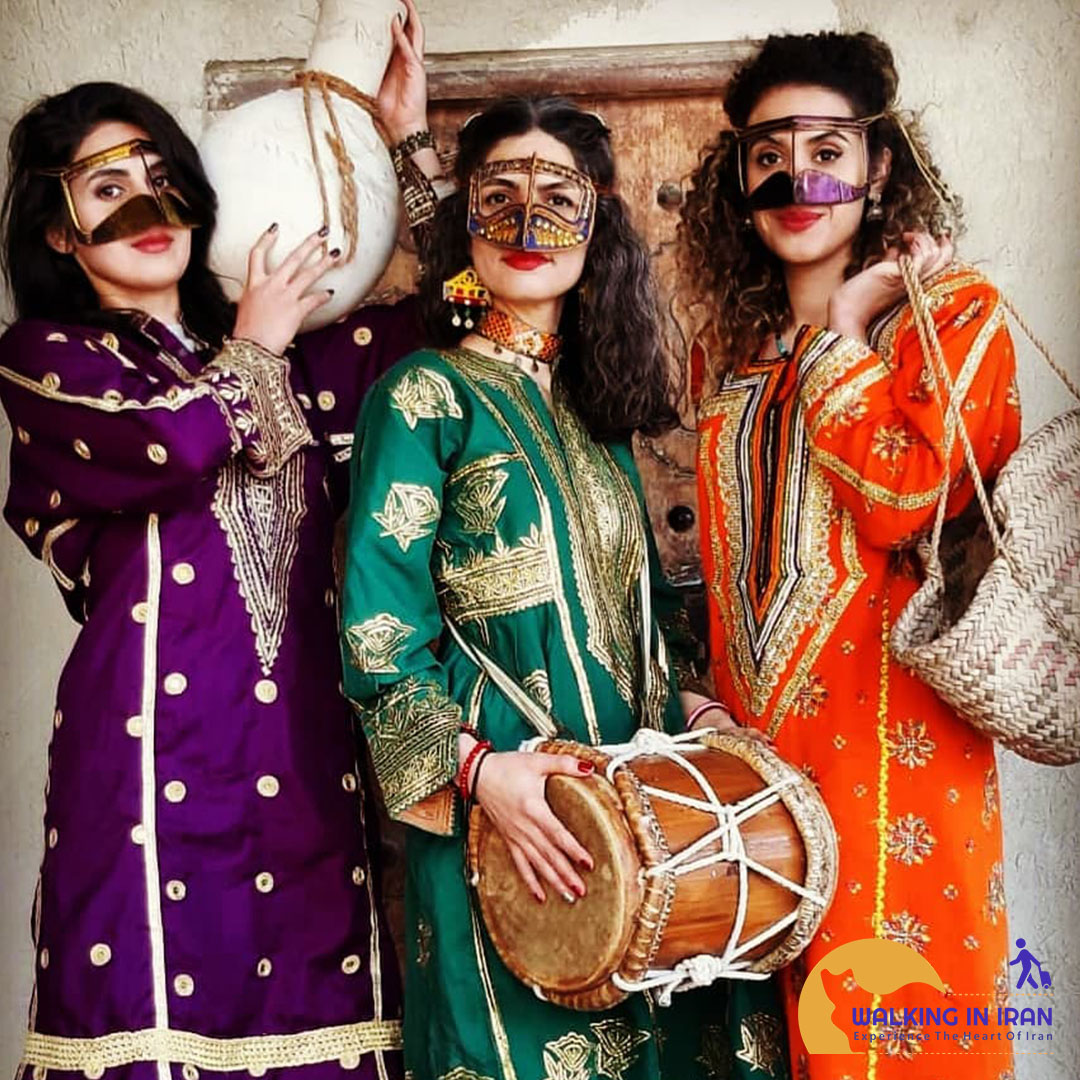Shakbafi: A valuable heritage from the heart of the desert
Shakbafi is one of the original and valuable handicrafts of Iran, which is rooted in the rich history and culture of the southern regions of the country, especially Hormozgan province. This art, by combining elegance and creativity, produces fabrics with various designs and colors, whose beauty and originality have turned it into a unique work of art.
A rich history and diverse applications
The roots of skepticism go back centuries. In the past, women artists, inspired by the nature around them, wove fabrics with geometric designs and cheerful colors, which were used to cover themselves and their family members. Over time, Shakbafi became known as an original and unique art, and its products were considered valuable souvenirs and gifts.
Unique features of skepticism
Geometric designs and bright colors: Geometric designs and happy colors used in Shakbafi are a symbol of the joy and vitality of the people of southern Iran.
Natural fibers: The use of natural fibers such as cotton and wool has given softness, softness and high durability to shakafi fabrics.
Strong and resistant texture: The strong and resistant texture of shakbafi fabrics has made these fabrics resistant to wear and tear.
Additional information about skepticism
Production steps of woven fabrics
Preparation of thread: The threads used in weaving are usually made of cotton or wool. These threads are ready for weaving after being dyed manually or by machine.
Map Design: Skeptic maps are very diverse and often geometric. These maps are carefully and elegantly designed on paper or cloth.
Weaving of fabric: Weaving of shakbafi fabric is done manually using simple looms. The weaver creates the desired design by passing the warp and weft threads over each other.
Finishing: After finishing the texture, the fabric is washed and dried, and if needed, finishing operations such as border stitching or embroidery are done on it.
The most famous centers of woven fabric production in Iran
Hormozgan: Hormozgan province is known as the cradle of weaving in Iran, and many villages in this province are famous for the production of these fabrics.
Bandar Abbas: As the capital of Hormozgan province, this city has become one of the most important centers for the production and sale of woven fabrics.
Minab: This city is also one of the important centers of shakbafi production in Hormozgan province.
Traditional designs and roles used in their weaving and symbology
The designs used in shakbafi are usually inspired by nature and people’s daily life. Some of these plans are:
Geometric designs: Triangle, square, rhombus and star are among the common geometric designs in shakbafi.
Plant designs: palm tree leaves, local flowers and fruits are some of the plant designs used in shakbafi.
Animal designs: fish, bird and goat are among the animal designs seen in shakbafi.
Each of these designs has its own symbology and expresses the beliefs of the people of this region.


